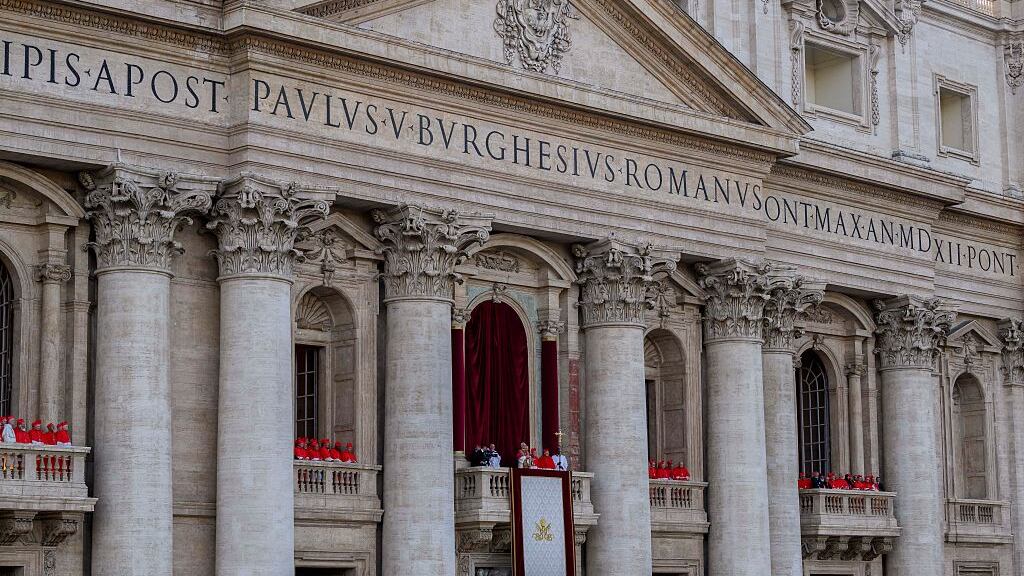Since this Wednesday, May 8th, the Vatican has a new leader. Robert Francis Prevost, a cardinal from Chicago, was proclaimed bishop of Rome and chose the name Leo XIV as a guide for his pontificate. This choice is significant, as the papal name constitutes the new pontiff’s first official act and is usually a symbolic declaration of his intentions or spiritual affinities.
Although it could have been a reference to Pope Leo I, known as “The Great”, it is interpreted that his election points directly to Pope Leo XIII, who held the seat of Peter between 1878 and 1903.
PUBLICIDAD
The social legacy of Leo XIII
Gioacchino Vincenzo Raffaele Luigi Pecci, who took the name of Leo XIII, left a deep mark on the history of the Church, especially through his encyclical “Rerum Novarum”, published in 1891. In it, he addressed the social challenges arising from industrialization, denouncing the conditions of workers and proposing a third way between unrestrained capitalism and emerging socialism.
His approach, which rejected class struggle and promoted cooperation between employers and workers, consecrated him as the “Pope of the workers.”
In addition to his social concern, Leo XIII redefined Vatican diplomacy. During his pontificate, he sought to reestablish links with the States after the loss of the Papal States and decades of friction with liberal regimes, particularly with the Kingdom of Italy. His ability to reconcile was one of his greatest political and ecclesiastical achievements.
Opening to the modern world and defense of the faith
Leo XIII knew how to combine modernity with tradition. He was a defender of scientific thought and its compatibility with the Catholic faith. He promoted the rigorous study of natural sciences without it conflicting with dogma, laying the foundations for a more dialogical approach from the Church towards secular knowledge.
He also promoted dialogue with the Anglican communion and with the Orthodox Churches, and also reinforced the evangelizing mission, particularly in Africa. His relationship with the Church in the United States was also noteworthy, supporting its growth and consolidation.
